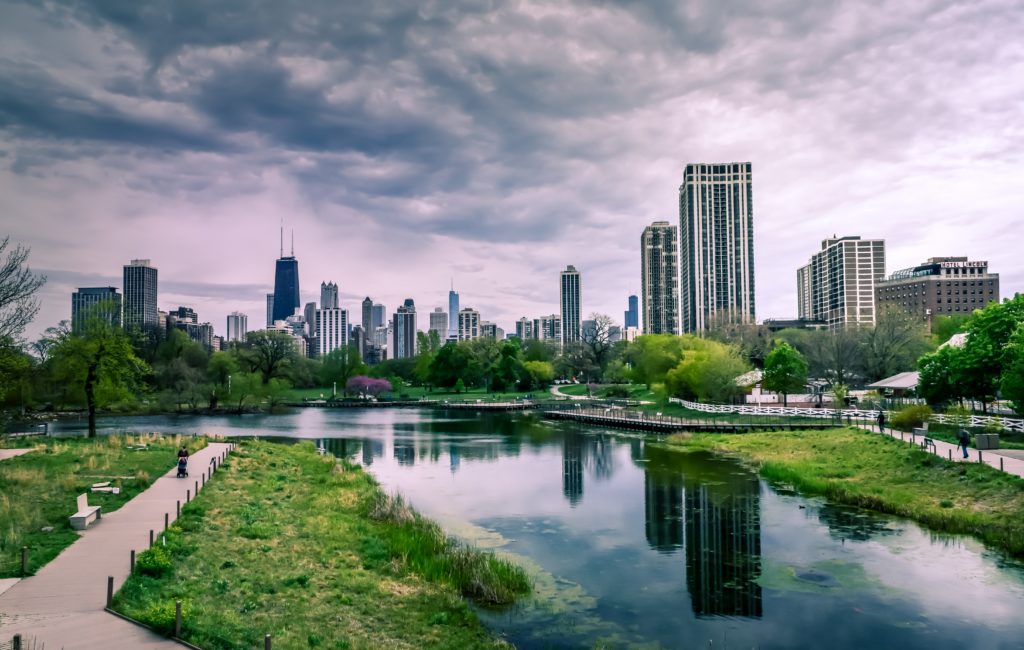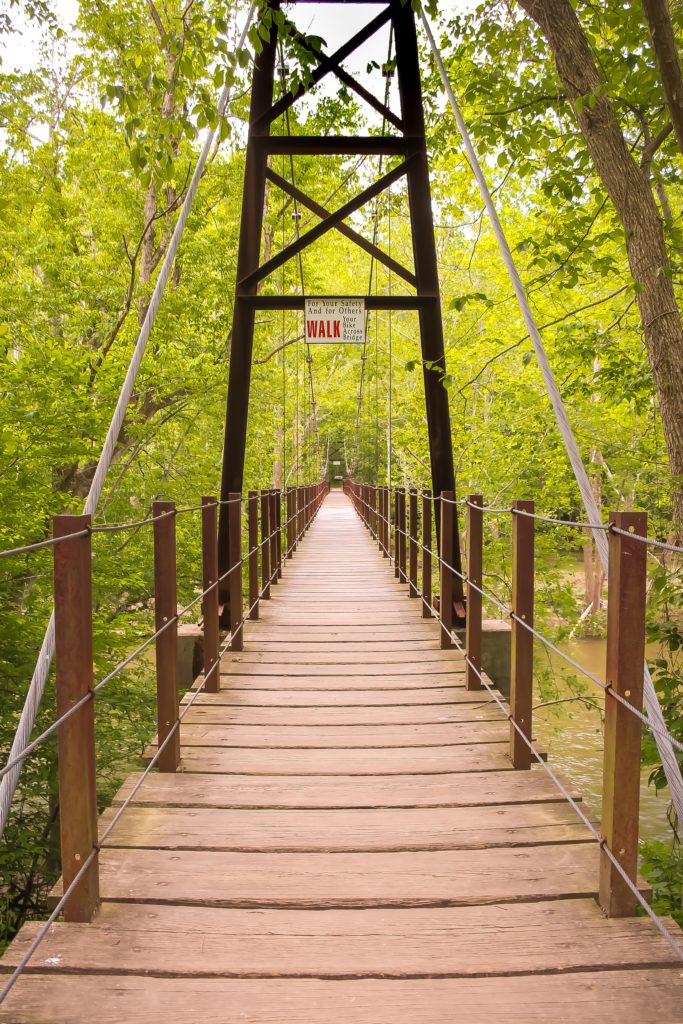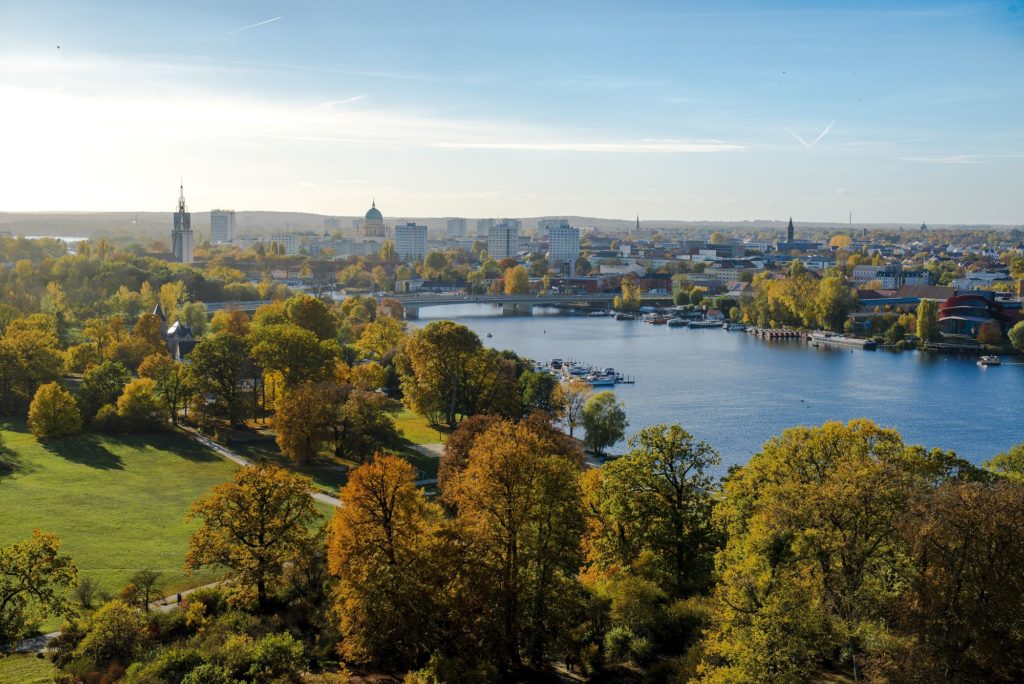Take Action
Call for Green Spaces
Green spaces and thriving urban ecosystems have positive effects on the entire community.
Trees and other plants reduce air pollution, offset emissions and reduce the “heat island effect,” where concrete and other infrastructure traps warmth in cities.
Parks are also great for minds and bodies, giving access to recreation and relaxation that can’t be substituted.
Community gardens and urban farms feed communities, while waterfront parks increase resilience to flooding, rising sea levels and the effects of climate change.
Do your part to create more green, resilient spaces in your community.
Why are green spaces important?
Cities are growing rapidly. By 2050, two-thirds of the world’s population will live in urban areas. Increasing urbanization without responsible stewardship hurts residents and threatens local flora and fauna.
However, these challenges also offer an opportunity to change our approach to urban living, to embrace nature and the biodiversity that is an essential part of city living. Around the world, cities are developing innovative plans make green spaces accessible to all and to expand and protect urban ecosystems.
Comprehensive citywide strategies to increase access to green spaces, green infrastructure plans and making ecosystem health and growth a key aspect of all city planning, will be essential for creating liveable cities in the decades to come.
Examples of policies that promote green spaces, conservation and resilience
Green infrastructure and green spaces can include parks, trails, gardens, urban farms, waterfront revitalization, and green roofs. Planting native species should be a priority for all green space projects as they are best suited to host and feed native wildlife.
Urban forest programs and vacant lot conversion projects are also initiatives that have key benefits for both ecosystem and community health.
Green corridor plans enable the movement of species throughout the city and to surrounding areas by linking together green spaces. These links can be green roofs, tree, and plant lined streets, and new parks or gardens.
Communities and the private sector can get engaged by partnering with the city on specific projects or by following city guidelines when developing or renovating privately owned land and buildings.
Examples of green infrastructure and green space creation include: Berlin, Germany and Boston, MA, USA
Water management and protection is a major factor in community health. Healthy, clean water resources lead to healthy ecosystems and people. Water resource protection is closely linked with green spaces and parks which can help mitigate the effects of runoff and erosion after rain.
Water resource and conservation examples: Mexico City, Mexico (in Spanish); New York City, USA; and Quito, Ecuador
Comprehensive biodiversity plans incorporate species protection, green space conservation and creation, green infrastructure development, water resource management and conservation, and other initiatives. A key component is the development of partnerships between the city, nonprofit, and business communities to jointly craft and implement these plans and education of the community.
Examples include: Barcelona, Spain; London, UK; Melbourne, Australia; San Francisco, USA; and Santiago, Chile (in Spanish)
Pollinator protection plans prioritize native pollinator species, such as bees and butterflies, while also incorporating guidelines for urban beekeeping. Planting native plant species, creating habitat, and properly maintaining public lands allow pollinators to thrive. Guidelines and education campaigns can also teach the public how to grow pollinator-friendly gardens and maintain their property in non-harmful ways.
Examples from: Toronto, Canada and Washington D.C., USA


